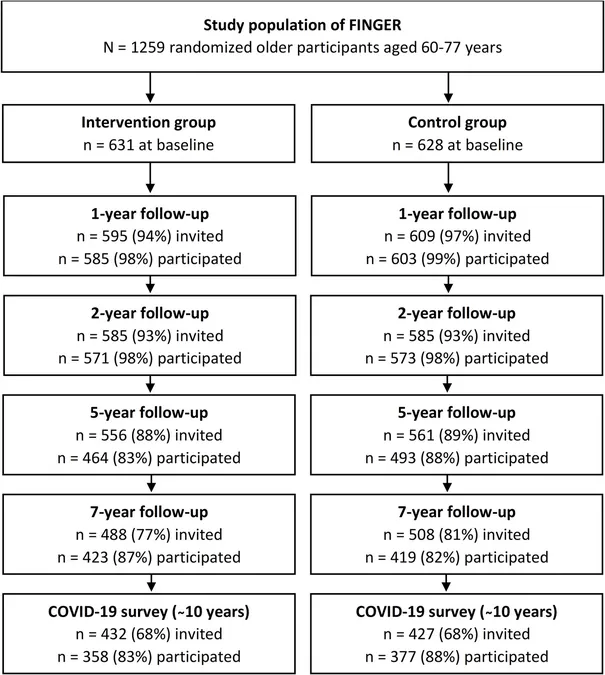
Shocking Discovery: Are Earthquakes Causing More Traffic Accidents?
2025-04-16
Author: Sarah
A Groundbreaking Study on Earthquakes and Traffic Accidents
Researchers are digging deep into the intriguing connection between earthquake tremors and car collisions by analyzing real-time data from navigation apps like Waze and police crash reports. This unprecedented investigation aims to uncover whether experiencing seismic events triggers a surge in traffic accidents.
Preliminary Findings Raise Questions
While the study, presented by U.S. Department of Transportation researcher William Chupp at the Seismological Society of America’s Annual Meeting, suggests that the data is still too limited to make sweeping conclusions, there are hints of a potential correlation. Researchers noticed slight upticks in traffic incidents during specific seismic events.
The Role of Advanced Data Sets
Thanks to the advent of extensive traffic data sets and resources like the U.S. Geological Survey's ShakeMap, which provides near-real-time shaking intensity maps, this research is more feasible than ever before. Chupp emphasized the importance of this data in improving earthquake early-warning systems like ShakeAlert on the U.S. West Coast.
Fine-Tuning Emergency Responses
Understanding when to alert the public and the geographic spread of potential impacts is crucial for emergency responders. Chupp highlighted the need for solid research to guide these decisions, emphasizing, "They need to know where the increased risk of accidents might occur during and after an earthquake."
Analyzing the Aftermath of Earthquakes
The researchers focused on analyzing earthquakes with a magnitude of 4 or greater between 2017 and 2023 across the continental U.S. By cross-referencing earthquake shaking intensity with Waze data and state police reports, they examined 412 earthquakes and over 50 million road segments.
Timing is Everything: The Two-Hour Window
Results were particularly intriguing when examining the two hours following an earthquake. Although the evidence is sparse, there were instances of slight increases in accident reports in areas that felt significant shaking. Chupp noted, however, that shaking rated IV on the Modified Mercalli Intensity Scale, representing 'light' shaking often felt indoors, showed minimal impact on crash occurrences.
The Search for Exposure Data
One crucial element missing from the analysis is data on road usage during earthquakes. To definitively determine whether seismic activity causes more accidents, researchers need to know how many cars are on the roads at the time of an earthquake compared to normal conditions. Chupp pointed out that obtaining this level of detail poses a significant challenge.
Case Studies: Unique Earthquake Events
The researchers did identify some notable trends during specific seismic events. For instance, the 2023 Ojai earthquake, coinciding with Hurricane Hilary, caused notable shaking near Los Angeles and a spike in reported crashes on that day. Similarly, after the December earthquake near Cape Mendocino, increased roadway traffic—not the earthquake itself—led to a rise in accidents as more people hit the roads.
What’s Next in Earthquake Research?
As the research continues, the findings may pave the way for improved public safety measures and better predictive algorithms for traffic management during seismic events. It's clear that understanding the relationship between earthquakes and road safety is more critical than ever, and researchers are eager to gather more comprehensive data to illuminate this ongoing mystery.



 Brasil (PT)
Brasil (PT)
 Canada (EN)
Canada (EN)
 Chile (ES)
Chile (ES)
 Česko (CS)
Česko (CS)
 대한민국 (KO)
대한민국 (KO)
 España (ES)
España (ES)
 France (FR)
France (FR)
 Hong Kong (EN)
Hong Kong (EN)
 Italia (IT)
Italia (IT)
 日本 (JA)
日本 (JA)
 Magyarország (HU)
Magyarország (HU)
 Norge (NO)
Norge (NO)
 Polska (PL)
Polska (PL)
 Schweiz (DE)
Schweiz (DE)
 Singapore (EN)
Singapore (EN)
 Sverige (SV)
Sverige (SV)
 Suomi (FI)
Suomi (FI)
 Türkiye (TR)
Türkiye (TR)
 الإمارات العربية المتحدة (AR)
الإمارات العربية المتحدة (AR)